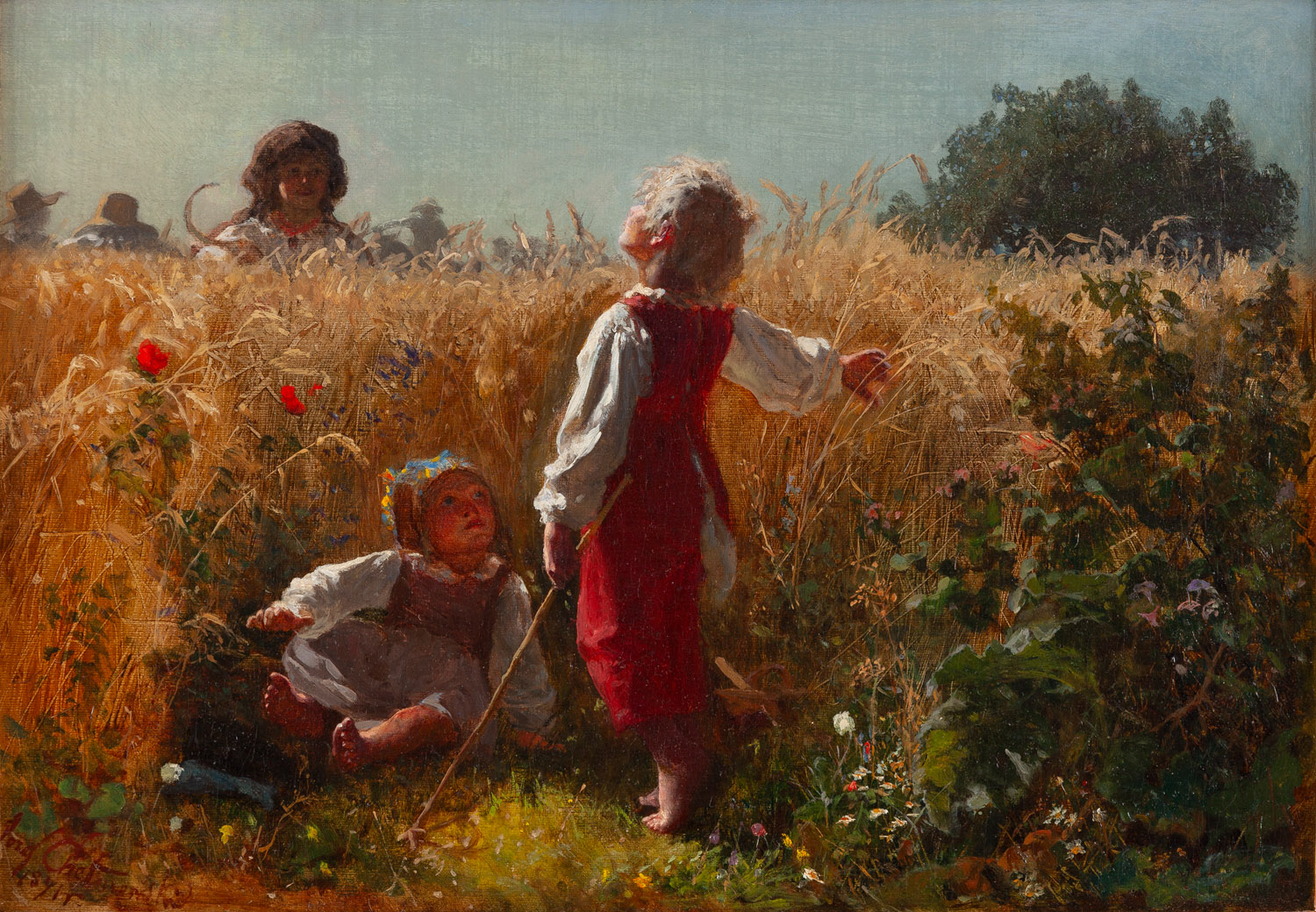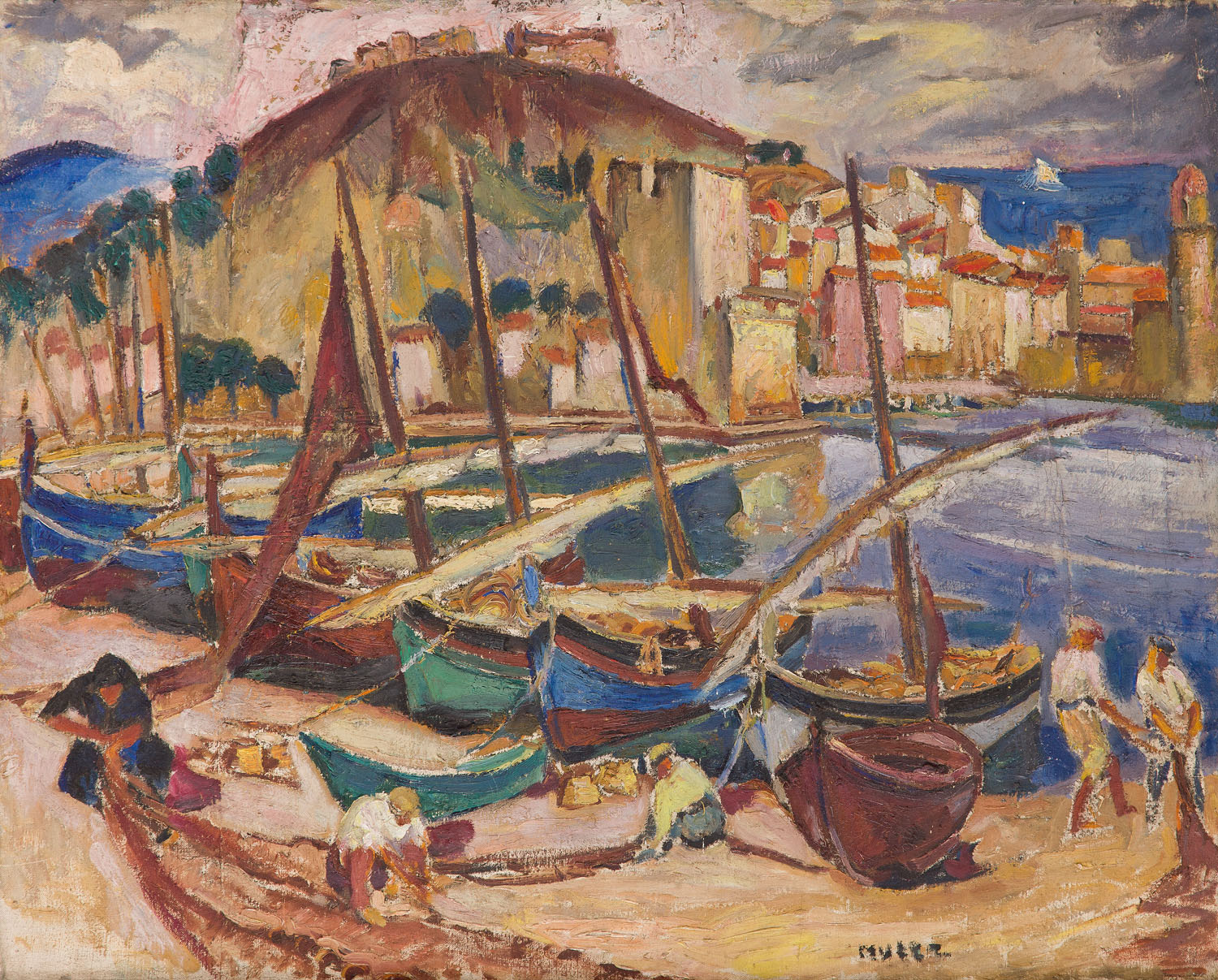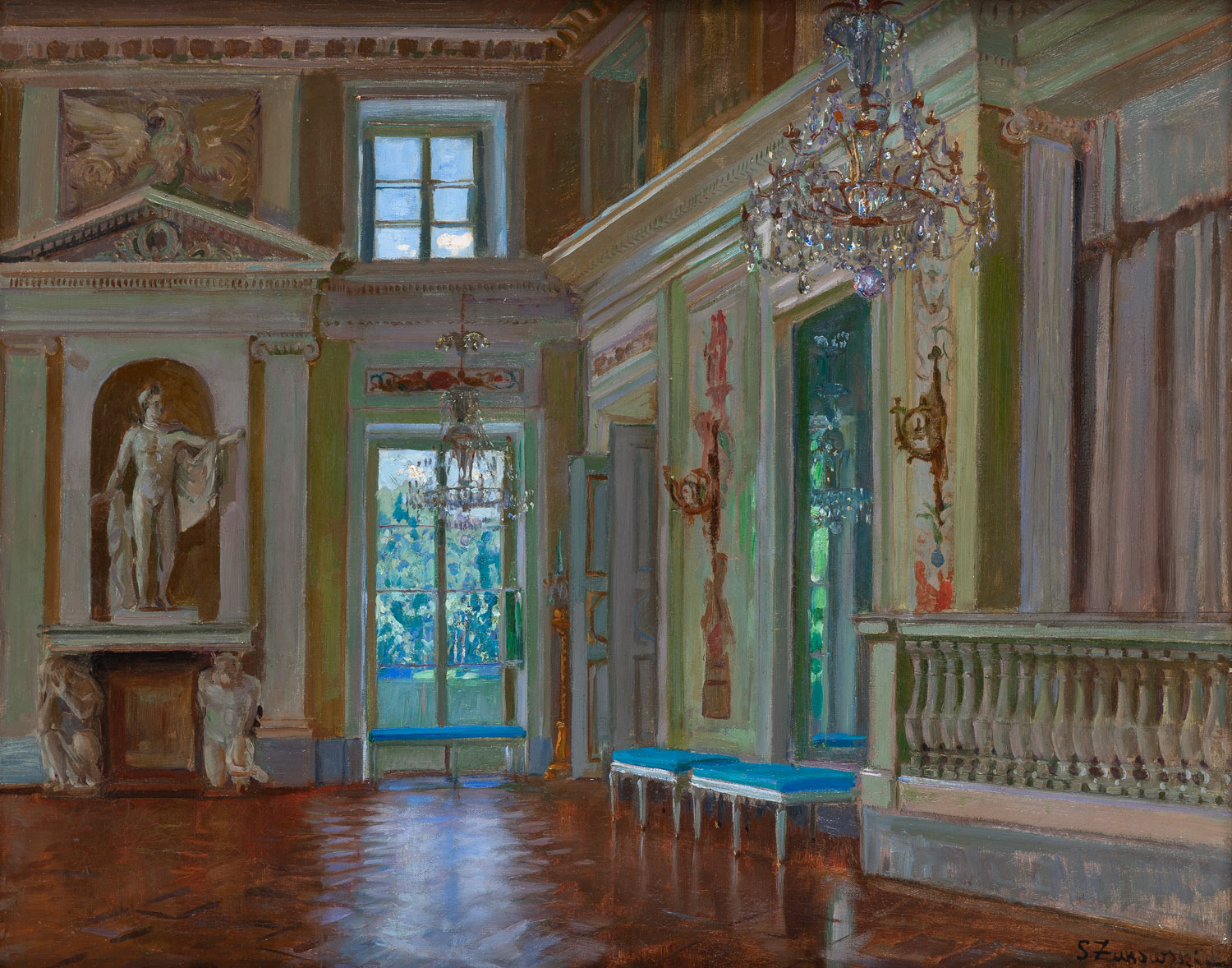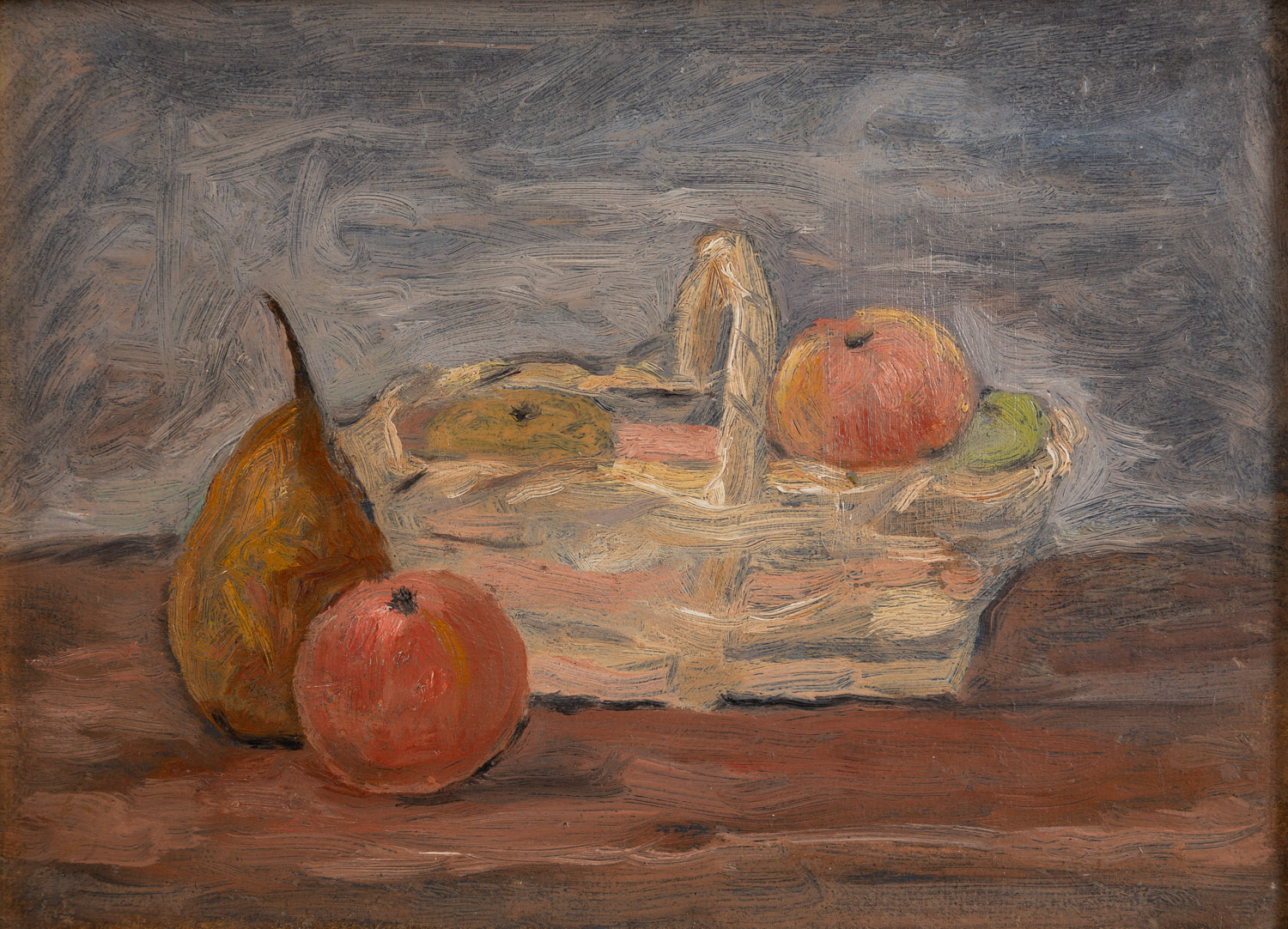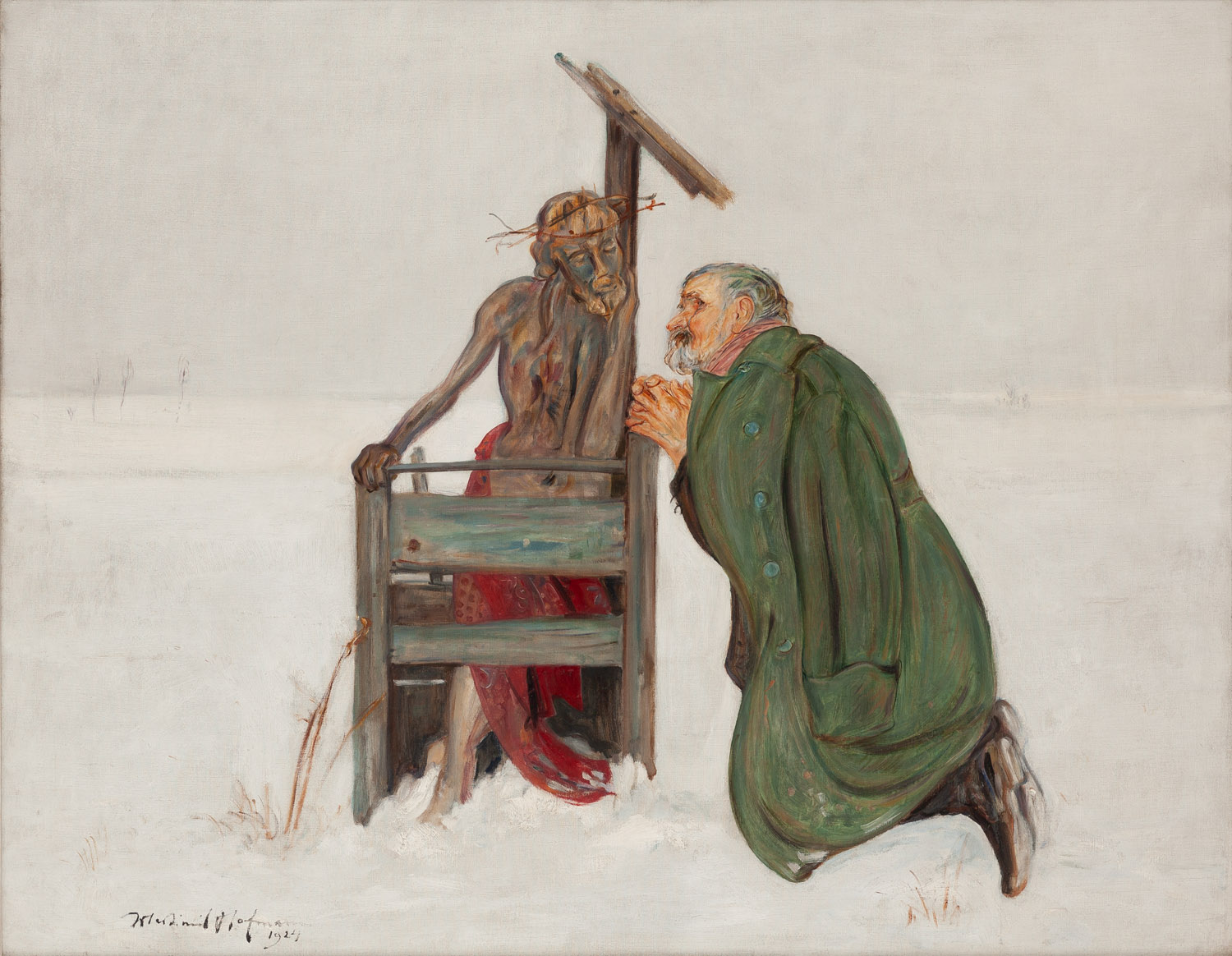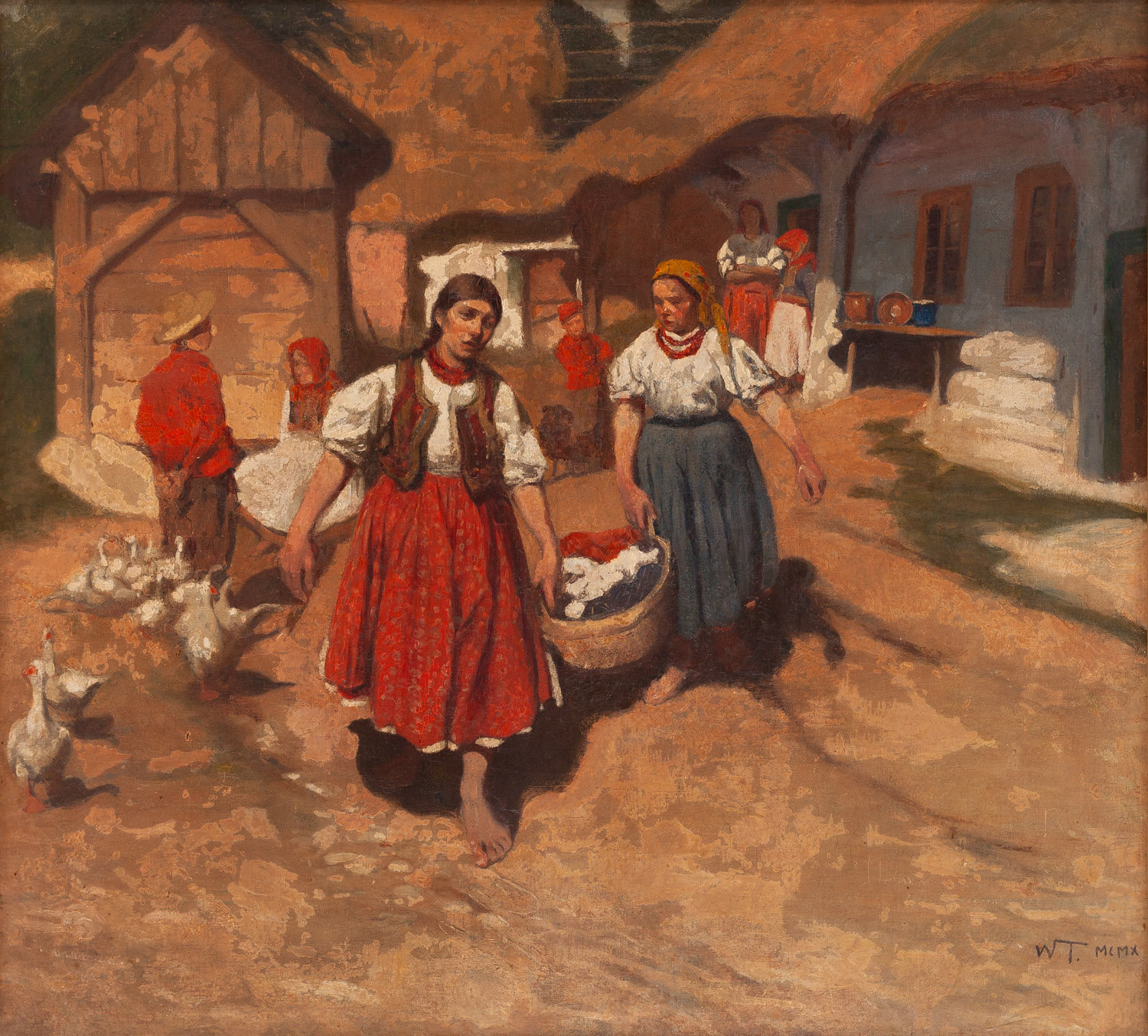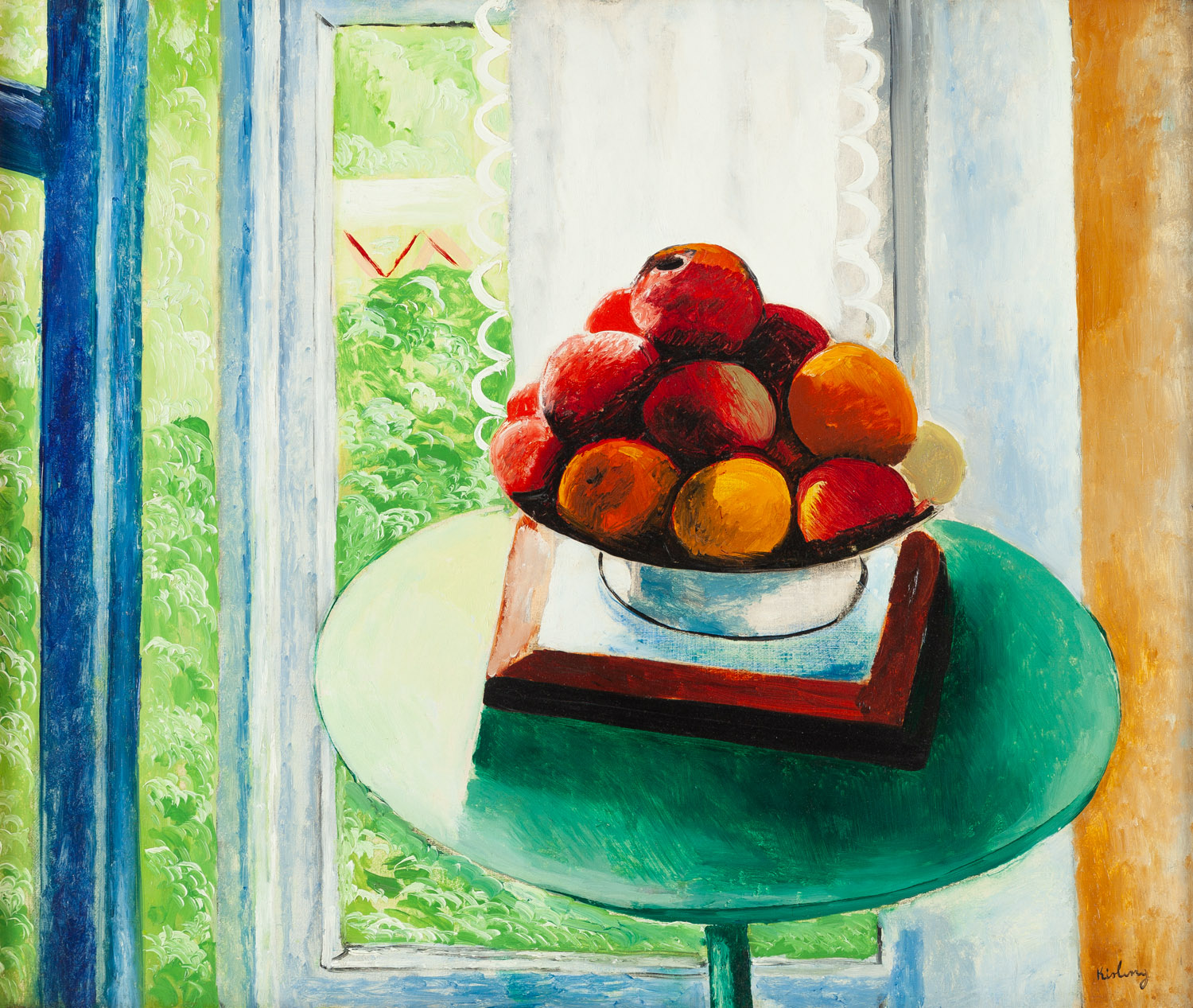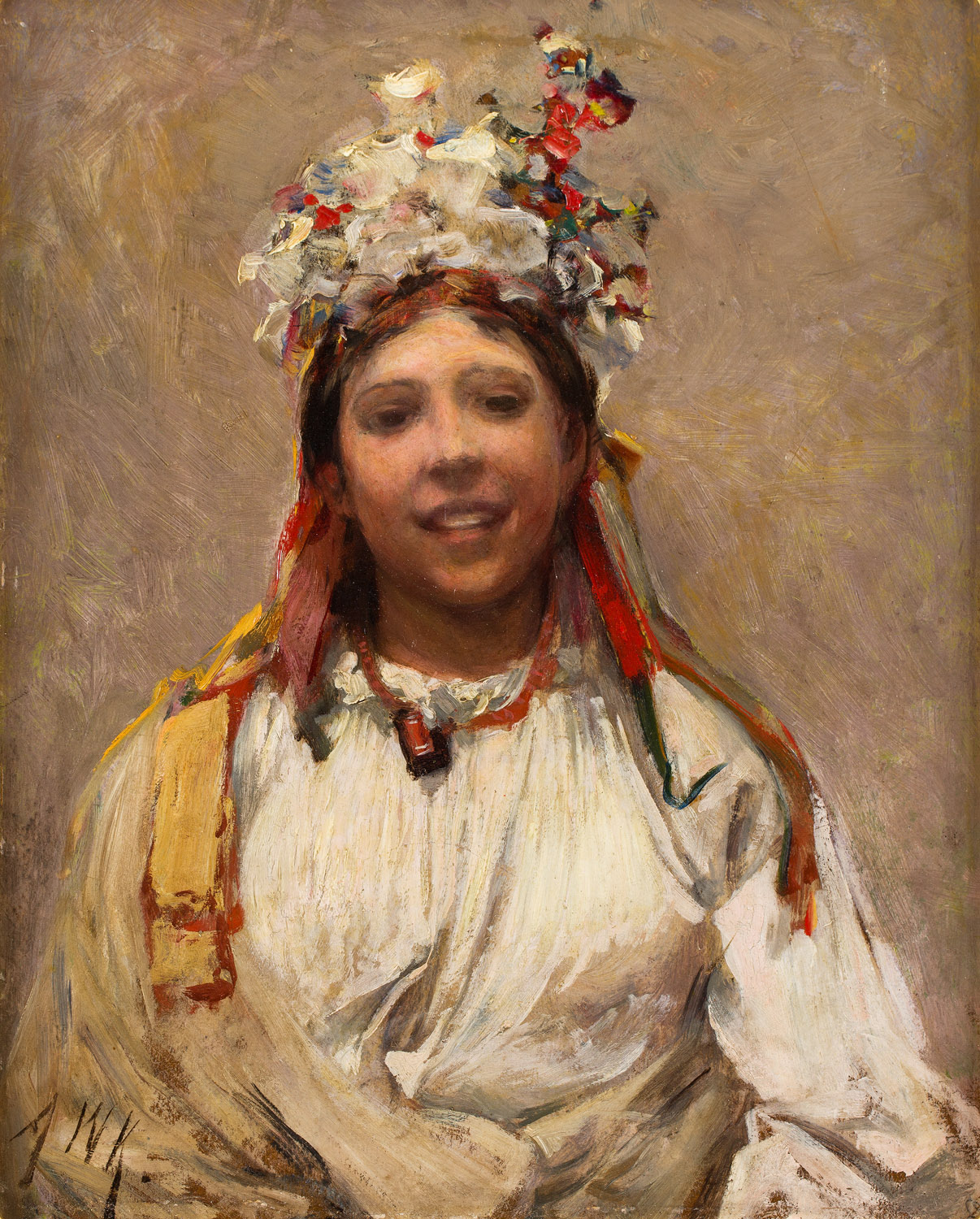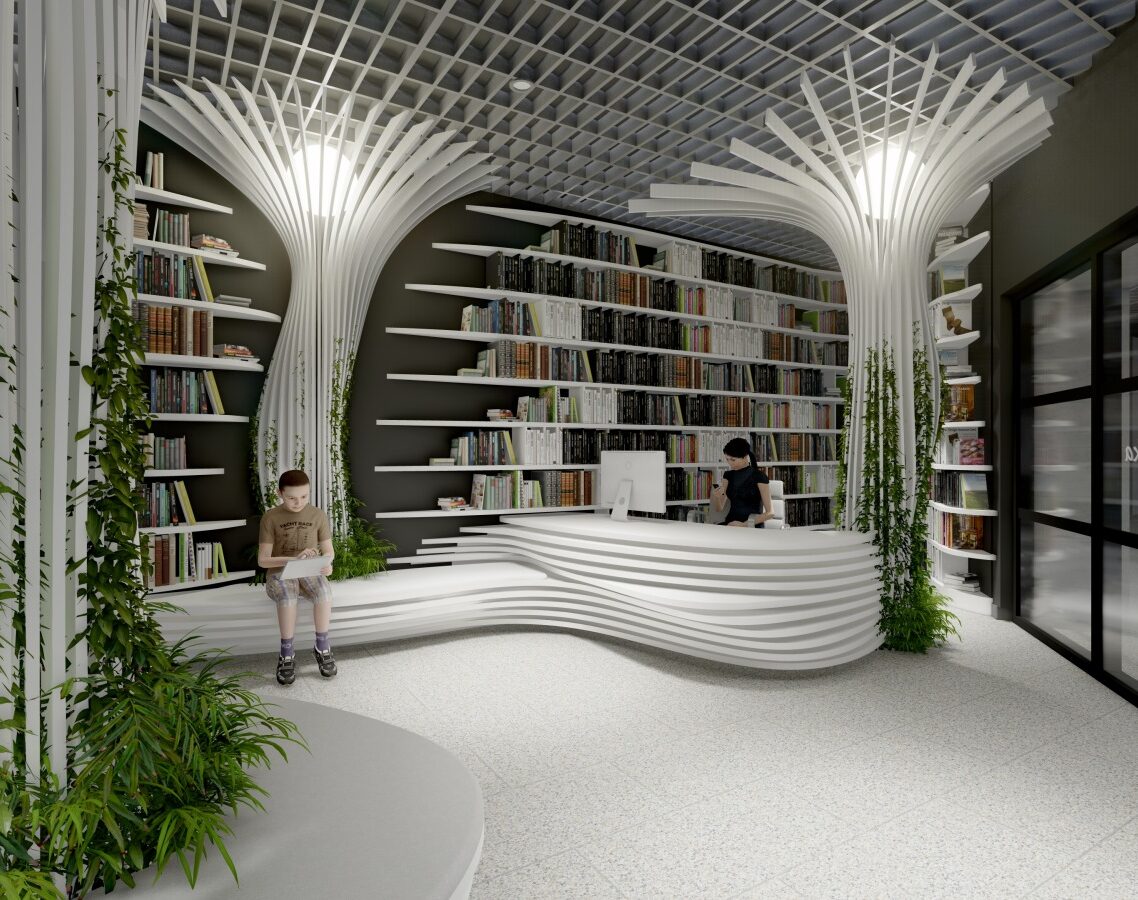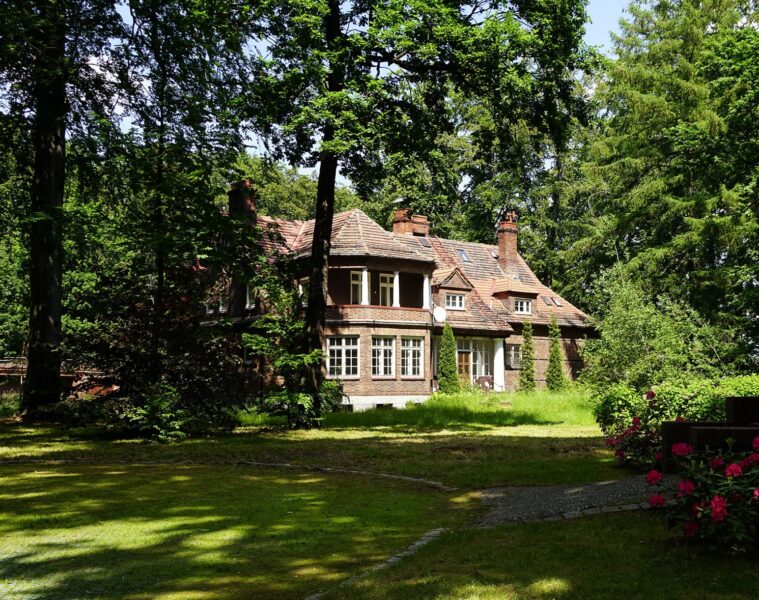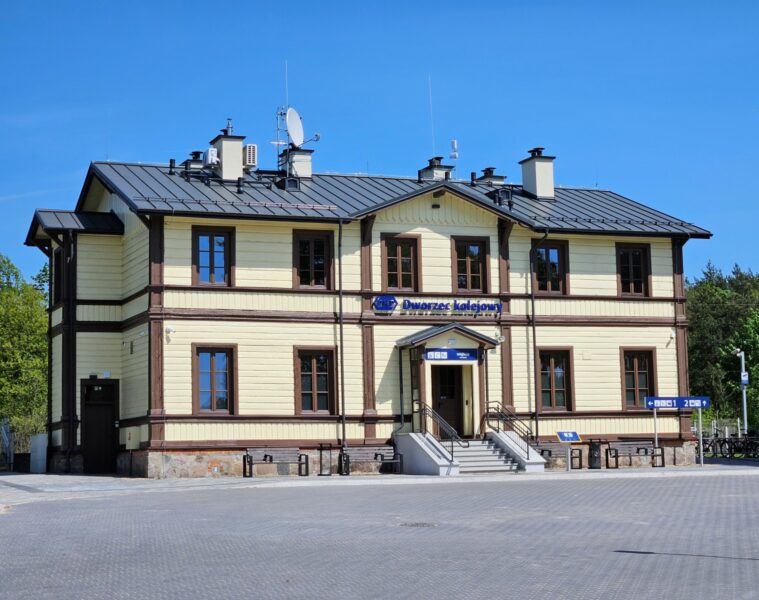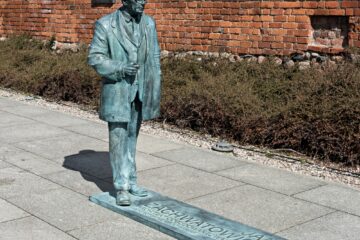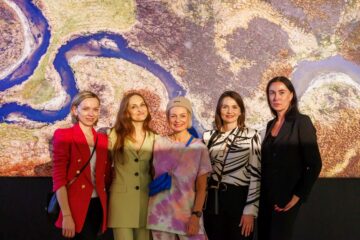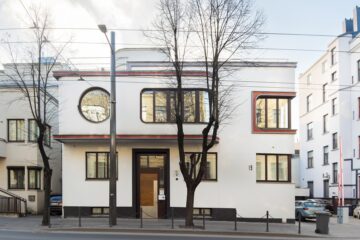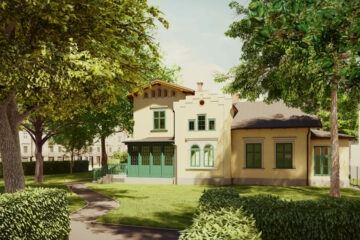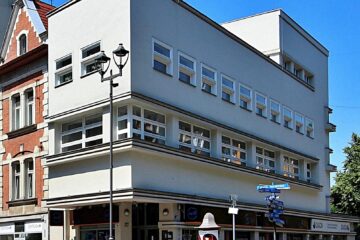The exhibition ‘Early Art. XIX Century, Modernism, Interwar” at DESA Unicum is a chance to see with your own eyes works of art that almost no one has seen for over a century. “Matula są!” By Józef Chełmoński and “Self-Portrait with Gorgons” by Jacek Malczewski are museum-grade paintings, so far held in private collections. Now they will be presented to the general public. The exhibition can be visited from 8 to 21 March.
The exhibitions at DESA Unicum are a chance to see works of art that have never been shown before and that are usually found in private collections. It is not uncommon for museum-class objects to be sought after by important state institutions that plan monographic exhibitions of selected artists. Among these, names such as Chełmoński and Malczewski particularly stand out. This year, Poland is preparing a particularly large number of exhibitions devoted to Polish painters of the 19th and early 20th centuries. The first of these events will be an exhibition at DESA Unicum, featuring two outstanding works by the above-mentioned artists. Of particular note is the painting “Matula są!”, sought after by the organisers of the Chełmoński retrospective exhibition to be held at the National Museums in Warsaw, Krakow and Poznań.
“Matulasą!” Chełmoński on display for the first time in over 150 years
Józef Chełmoński was on everyone’s tongue when last year his painting ‘Summer Evening’ was found in a villa near Warsaw after 133 years. However, this is not the only work by the artist that has not left private collections for over 100 years. In 1871, a painting entitled “Matula są!” by Chełmoński appeared on display at the Zachęta Gallery in Warsaw By Chełmoński, which – like the later “Summer Evening” – received mixed critical reviews, although its overall reception was good. It was not until many years later, after the artist’s return from exile in Munich, that the experts’ assessment changed and the work was fully appreciated. By this time, however, the painting was already in private hands and was not to appear in any exhibition for another almost 150 years. It thus became an extremely valuable, sought-after work, and one that was mentioned and reproduced many times.
It is difficult to reconstruct the exact fate of the work “Matula are!”. It is known that after Chełmoński’s exhibition at the Zachęta Gallery in 1871, the painting was quickly sold to one of the few enthusiasts of the artist’s work at the time. In the 20th century, the work “Matula są!” found its way to the Warsaw antiquarian Wanda Czernic-Żalińska. Throughout this time, until today, the painting has not been presented to the public, thus the 1871 exhibition at the Zachęta Gallery remains the only one. It will now appear at a pre-auction exhibition at DESA Unicum. We believe that the new owner of the painting will be eager to make it available to a wider audience during the grand exhibition of Chełmoński, which is currently being prepared by the National Museum in Warsaw,’ says Michał Szarek, an expert at DESA Unicum, the auction coordinator.
The painting “Matula są!” comes from the same period as “Summer Evening”. However, it is one of the first known and immediately masterful paintings, created in the artist’s small studio on Zajêcza Street in Warsaw’s Powi¶le district. Like other artists of the era, Chełmoński often visited Ukraine and Podolia. These were formative places for Polish painting – Leon Wyczółkowski and Jan Stanisławski also went there. The echoes of these journeys can be clearly seen in the works from Chełmoński’s early period – the painting presented at the DESA Unicum exhibition also refers to Ukrainian themes.
The painting “Matula są!”, although small in size, is extremely rich in symbols. The motif of the relationship between man and nature often appears in Chełmoński, who also specialised in realistic landscapes. In the works on display, an important symbol is the mother – a woman who finds her child, but also the mother-earth. The idyllic mood of the painting, the blooming field flowers and the lush grain are the artist’s tribute to the Earth, and at the same time allude to summer days spent in the Ukrainian countryside. This small work has an extraordinary power – it triggers many emotions, even mesmerises viewers. Looking at the painting, one can feel as if one were there – more than 150 years ago among the golden fields.
Paintings by Malczewski
Symbolism, however, is the hallmark of another outstanding artist – Jacek Malczewski. The exhibition at DESA Unicum will feature his “Self-Portrait with Gorgons” from 1918, which formally presents everything that is most characteristic of Malczewski’s work, alongside the work of other paintings. The year 1918 is important in his oeuvre because it is when all the most important thematic threads come together – the ‘Polonia’ series about regaining independence, the ‘My Life’ series, and numerous self-portraits. From the interwar period, the work was in the private collection of Stanisław Karłowski, a senator of the Second Polish Republic and owner of the Szelejewo estate in Wielkopolska, and then passed to his heirs. For all this time, almost 100 years, the painting was not shown to the public, thus the exhibition at DESA Unicum will be the first opportunity to see it live.
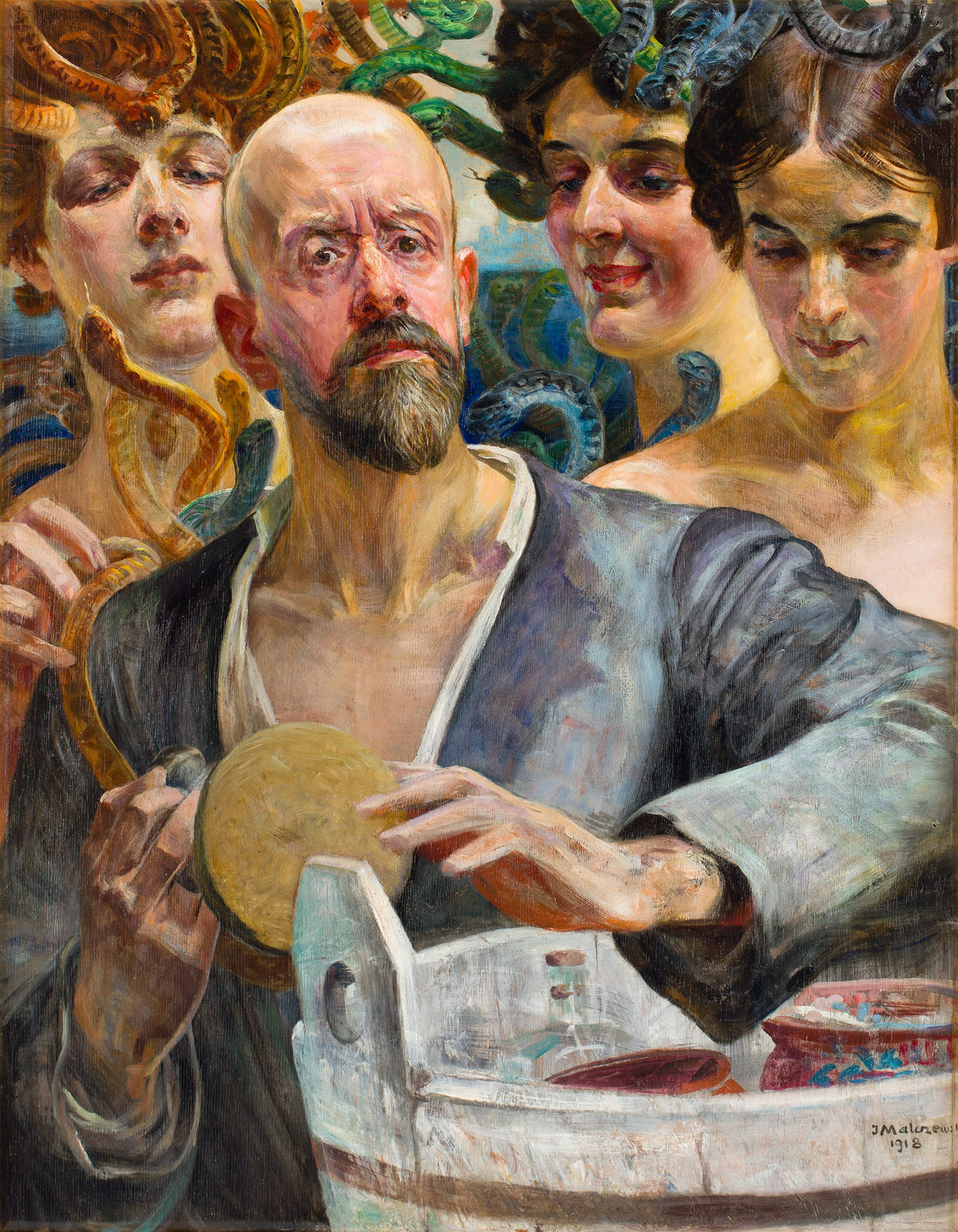
In the self-portrait on display, Malczewski depicted himself in the company of three Gorgons, mythical creatures to whom he gave the features of women from his environment. Here he depicted his muses Michalina Janoszanka and Maria Sozańska. As is always the case with Malczewski’s work, the painting leaves many possible avenues of interpretation, and lovers of the master’s artistic output will find references to his other works in the rich symbolic layer. For example, a wooden onion with utensils appears already in the very early ‘Introduction’, in which the figure of the painter is a latent self-portrait of the master,” adds Michał Szarek.
In 2024, we will celebrate the 170th anniversary of the birth and 95th anniversary of the death of Jacek Malczewski, who became one of the patrons of the year in the Mazovian region. In connection with this, special exhibitions and events dedicated to Malczewski have been planned not only in Radom, the artist’s hometown, but also in many other cities. It is worth taking advantage of this unique opportunity to visit the exhibition at DESA Unicum in Warsaw to see with your own eyes the work of art previously available to only a small group of people.
Exhibition at DESA Unicum – who else will be there?
The March exhibition ‘Early Art. XIX Century, Modernism, the Interwar Period’ deserves attention not only because of the extraordinary paintings by Chełmoński and Malczewski. It will feature a large collection of works by the most eminent Polish artists from the most important periods of their oeuvre, which are rarely on display or have never been exhibited before.
Wlastimil Hofman’s large-format painting ‘Spowiedź’ (Confession) and Włodzimierz Tetmajer’s ‘Washerwomen’, which came to Warsaw straight from the artist’s Krakow exhibition organised on the occasion of Tetmajer’s Year in 2023, are sure to catch the eye. Prior to this, the work had not been shown publicly at all for many decades. Another interesting work is undoubtedly The Bride by Alfred Wierusz-Kowalski, in whose oeuvre portraits as independent works are rare.
The exhibition also includes such names as Tadeusz Makowski, Mela Muter, Mojżesz Kisling, Ferdynand Ruszczyc, Jan Stanisławski, Olga Boznańska, Józef Mehoffer, Wilhelm Kotarbiński and Stanisław Żukowski. In total, the exhibition featured as many as 60 paintings, which normally belong to private collections and are therefore not available to the general public.
Curators of the exhibition: Michał Szarek and Aleksandra Łukaszewska
Estimations: The auction offers a wide range of price ranges, from works with a starting price in the region of PLN 8,000-12,000 to representations in the range of PLN 800,000-2,500,000. The highest estimate is for Jacek Malczewski’s painting ‘Portrait with Gorgons’ – PLN 1,500,000-2,500,000.
The exhibition ‘Early Art. 19th Century, Modernism, Interwar”: 8-21.03.2024
Auction: 21.03.2024, 7 p.m., DESA Unicum auction house, 1A Piękna St., Warsaw
source: press materials
Read also: Art | Culture | Warsaw | Interesting facts | Featured | whiteMAD on Instagram

